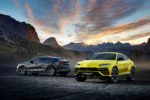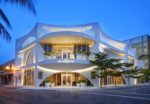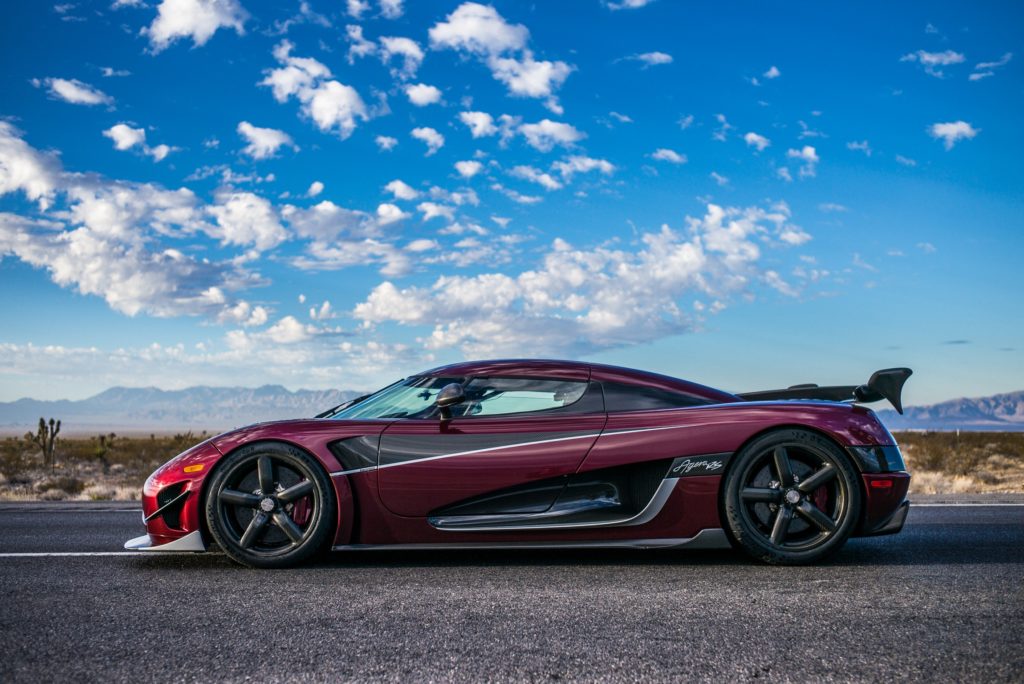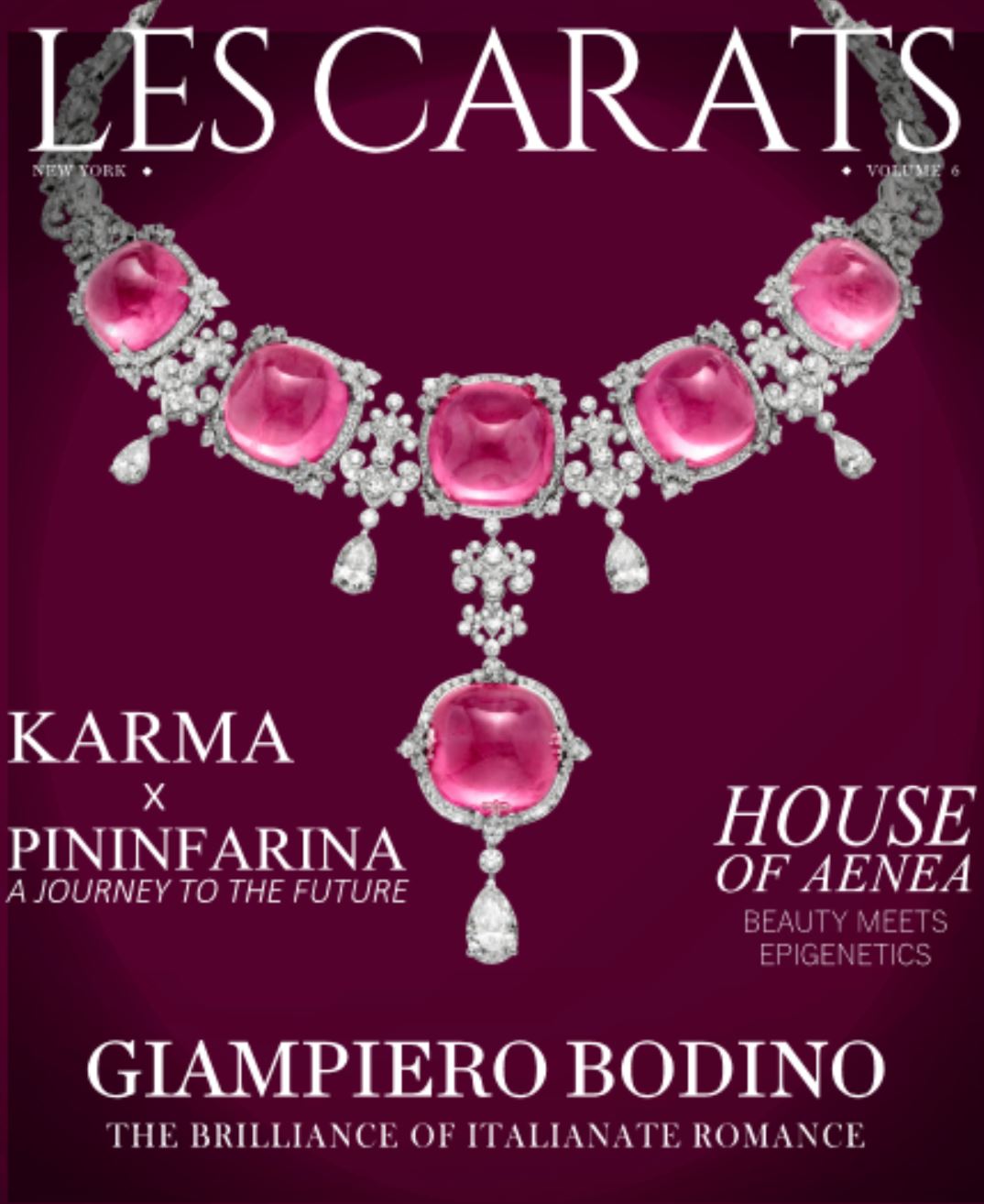The Koenigsegg Agera RS recently surpassed the Bugatti Veyron to be the fastest production car in the world, triumphing at whiplash speeds of 447.19 km/h (277.87 mph). Driven by factory driver, Niklas Lilja, in Nevada he achieved five new world records for a production vehicle and completed the 0-400-0 km/h run in just 33.29 seconds, beating the previous time of 36.44 seconds set by the same car in Denmark in October 2017.
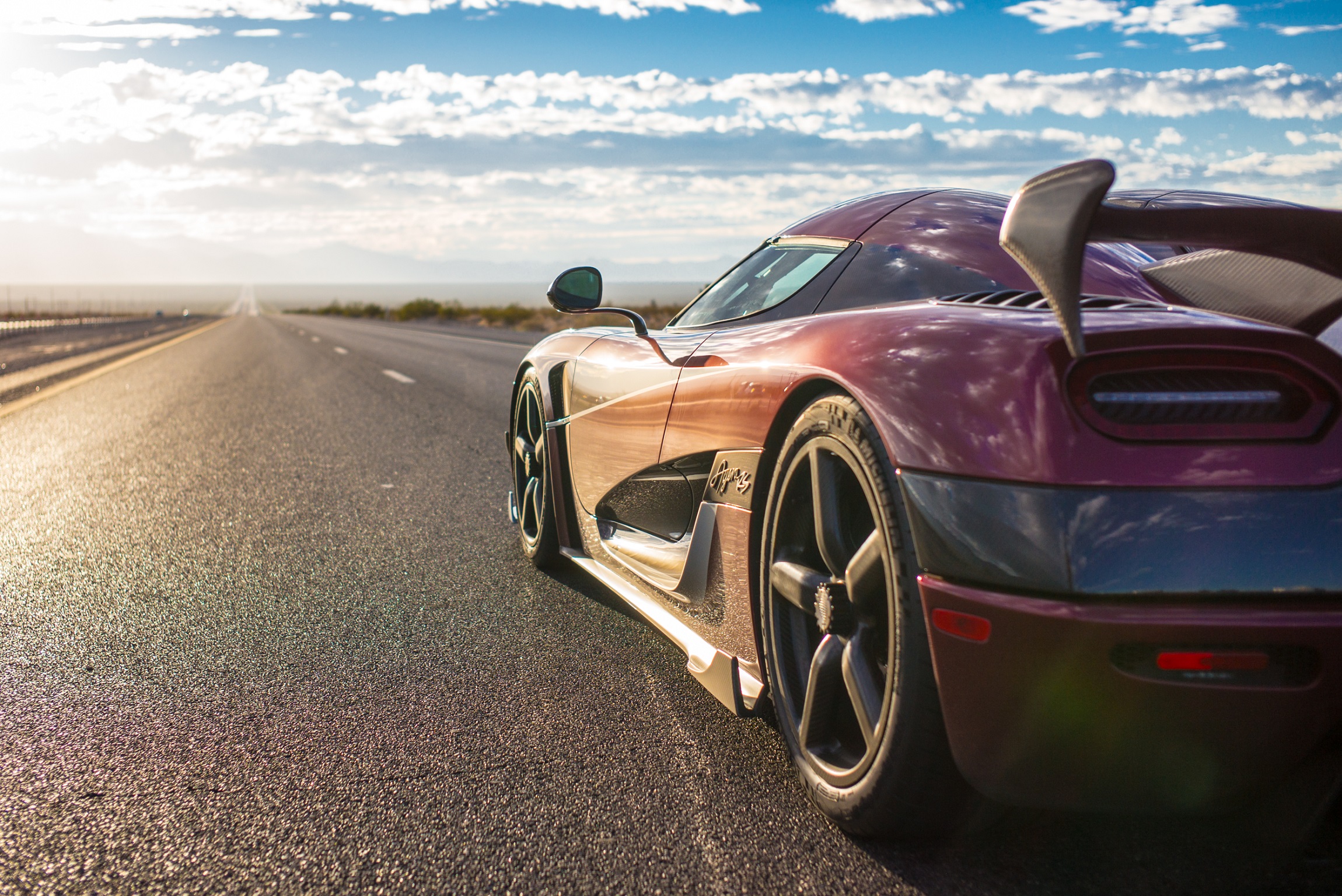
In true northern European style of purity and essentialism, where world class engineering and technological innovation compose a mathematical melody of precision that has has become an iconic cultural element, the Swedish hyper-car manufacturer Koenigsegg has taken these rules to heart. Realizing his dream Christian von Koenigsegg, founder and visionary of the Koenigsegg brand, began his journey of creating his perfect super car by believing that no technical solution for speed and performance is too difficult but is actually a call for innovation and invention to shatter the previously held limits of engineering.
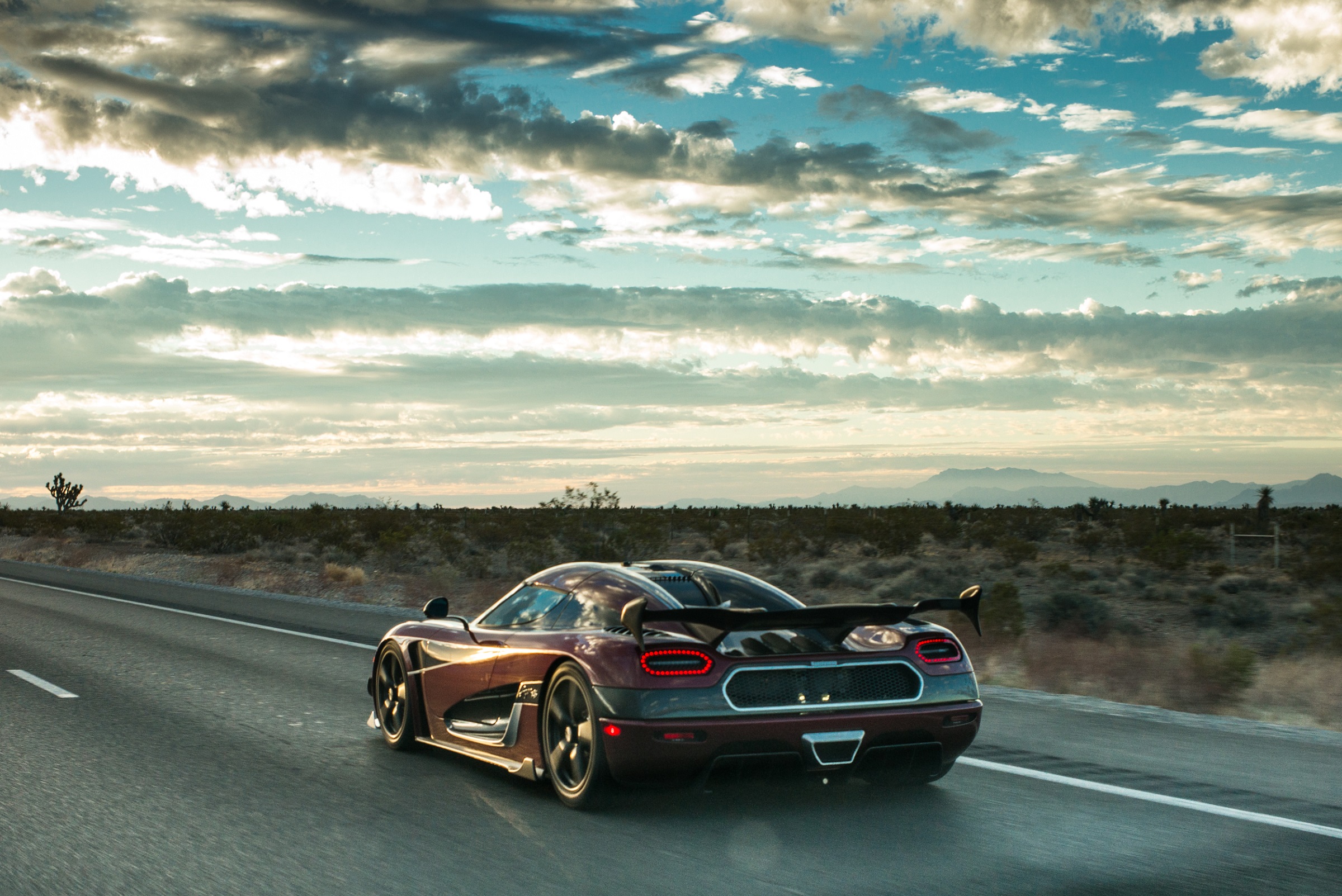
And shattering he has done. Koenigsegg has the honor of being certified by the Guinness World Records, not once but three times. The first was in 2002 as being the World’s Most Powerful Engine in a series produced car in the world for the Koenigsegg CC8S. Which was followed in 2004 for the World’s Most Powerful Production Car, when the CCR was equipped with an uprated engine, adding more than 150hp for a total output of 806hp. Then in 2005 the CCR was taken to Nardo, Italy where is was confirmed as the World’s Fastest Car reaching a top speed of 387.86 km/h.
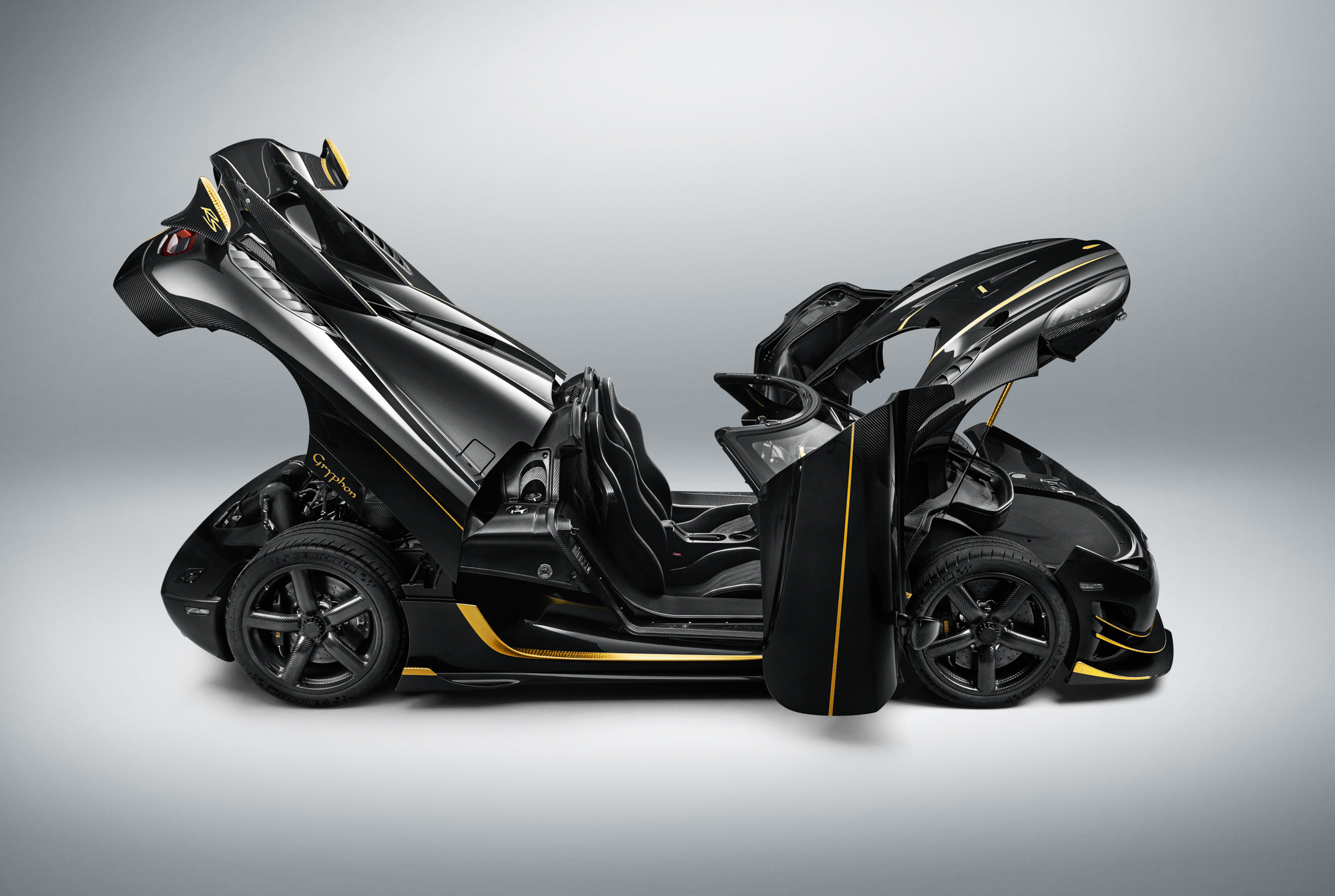
Some of his machined architectural achievements include the Dihedral Synchrohelix Door Actuation System; the Rocket Catalytic Converter which allows for a smaller, lighter, faster light off, substantially less back pressure, built in muffling effect, enabling smaller and lighter muffler; Triplex Suspension; Hollow Aircore carbon wheels; and the development of Freevalves, which removes the camshafts from the combustion engine and gives complete freedom to the valve operation.
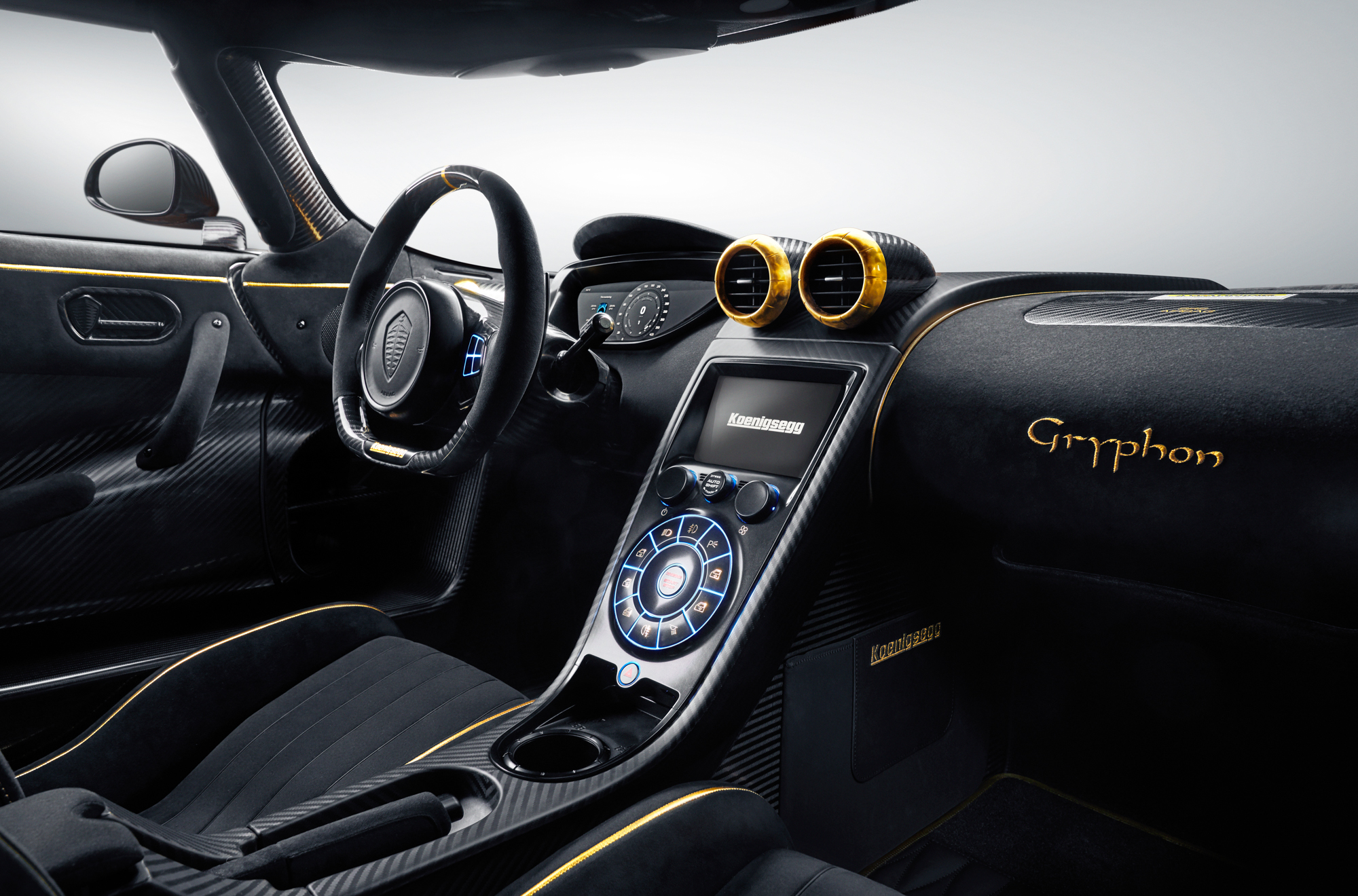
Though the heartbeat of the Koenigsegg collection is carved by technical engineering, the hard nuts and bolts of stampeding horse power, the exterior inspiration is quite intangible and has been sculpted by the wind, allowing the aerodynamics to slice through the atmosphere while harnessing her natural power. For example the Agera R displays a beautifully engineered reactive passive rear wing. Having the wing wind-speed sensitive compared to road-speed sensitive benefits aerodynamics and performs without heavy hydraulics and electrical components needlessly weighing the down this Swedish titan.
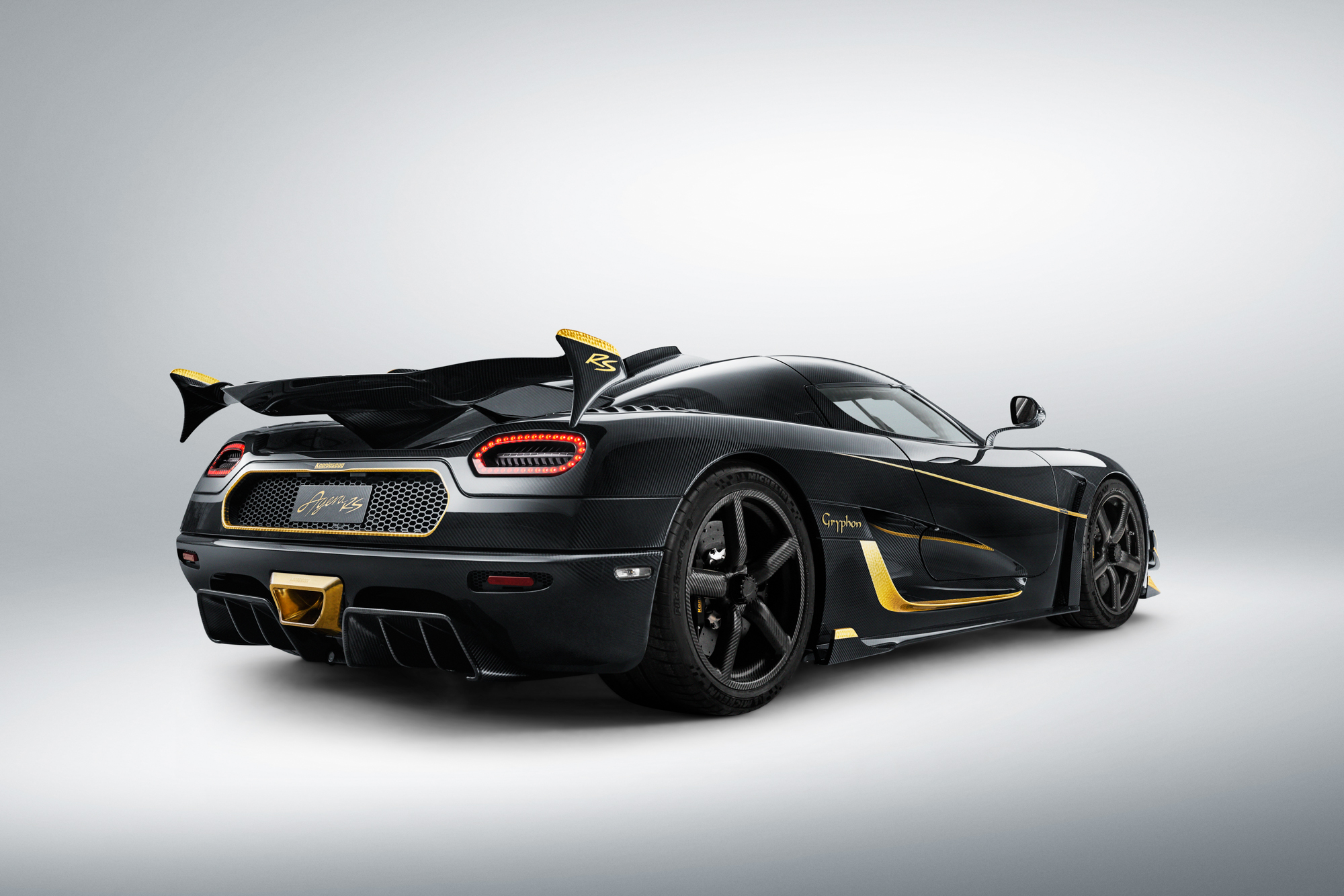
Mindfulness is found in every detail and Christian ensures that the interiors, and the six layer paint jobs, are fully customizable and couture. This is exemplified by the Agera RS Gryphon, a bespoke interpretation of the iconic Koenigsegg Agera RS. The mythological Gryphon, half lion half eagle, moniker was chosen as it is a symbol of strength and speed, and the heraldic symbol used on the provincial flag in Skåne, where the Koenigsegg factory is located. This soaring beast is presented in clear carbon with highlights finished in 24-carat gold leaf. The interior is a combination of black alcantara, polished carbon fibre and black anodised aluminium. The seats are finished in black alcantara with gold piping and a bespoke Gryphon motif embossed on the head rest, and a customised ‘Gryphon’ text has been stitched into the alcantara dashboard in gold thread. No stitch was left untouched. And it is this level of exquisite craftsmanship, care, and pioneering genius that makes the Koenigsegg one of the most rare, covetable, and purest forms of freedom on the planet.
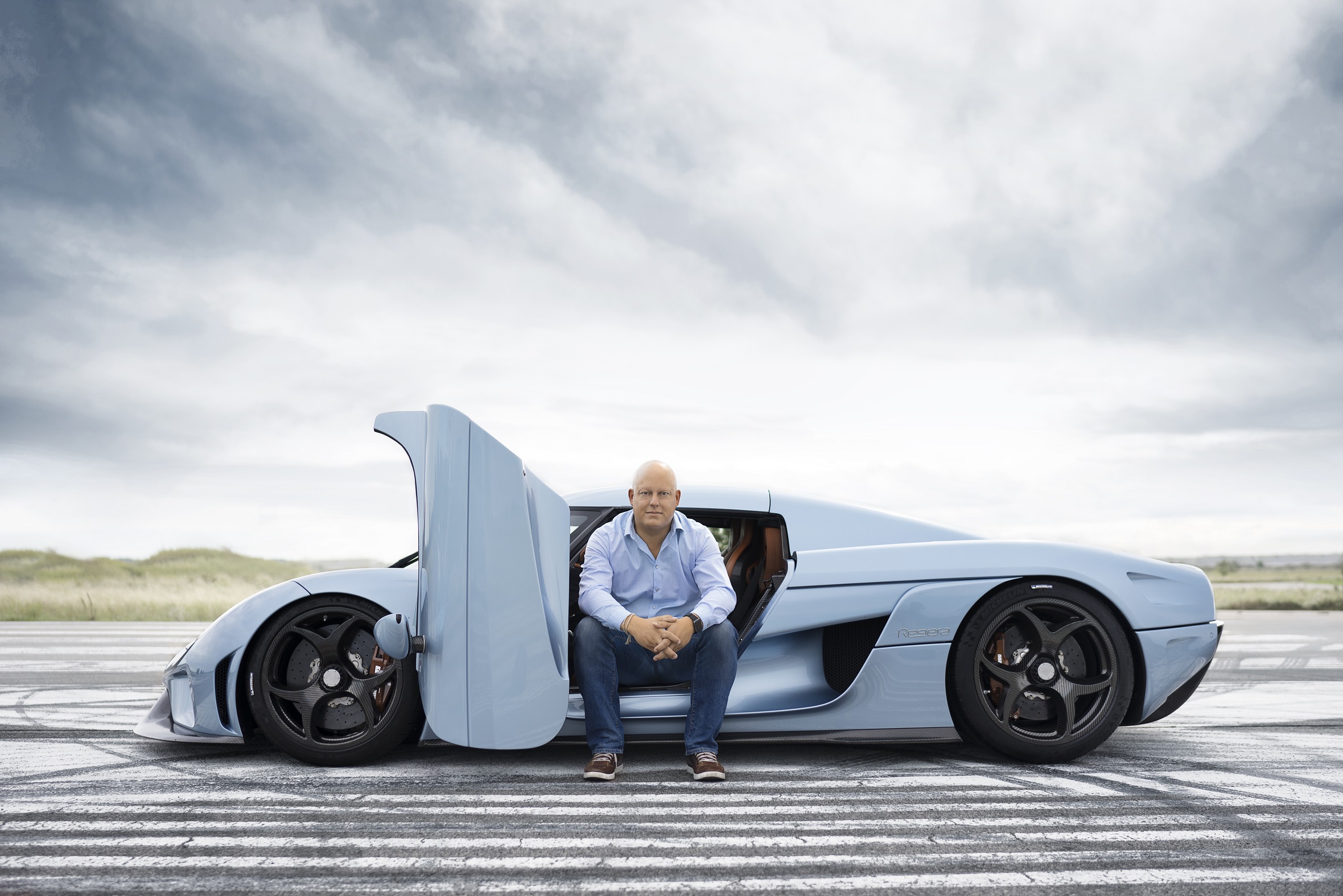
TO LEARN MORE VISIT: KOENIGSEGG
PHOTO CREDIT : Koenigsegg
SUBSCRIBE TO OUR MAILING LIST FOR MORE LUXURY TODAY!
YOU WOULD ALSO ENJOY
